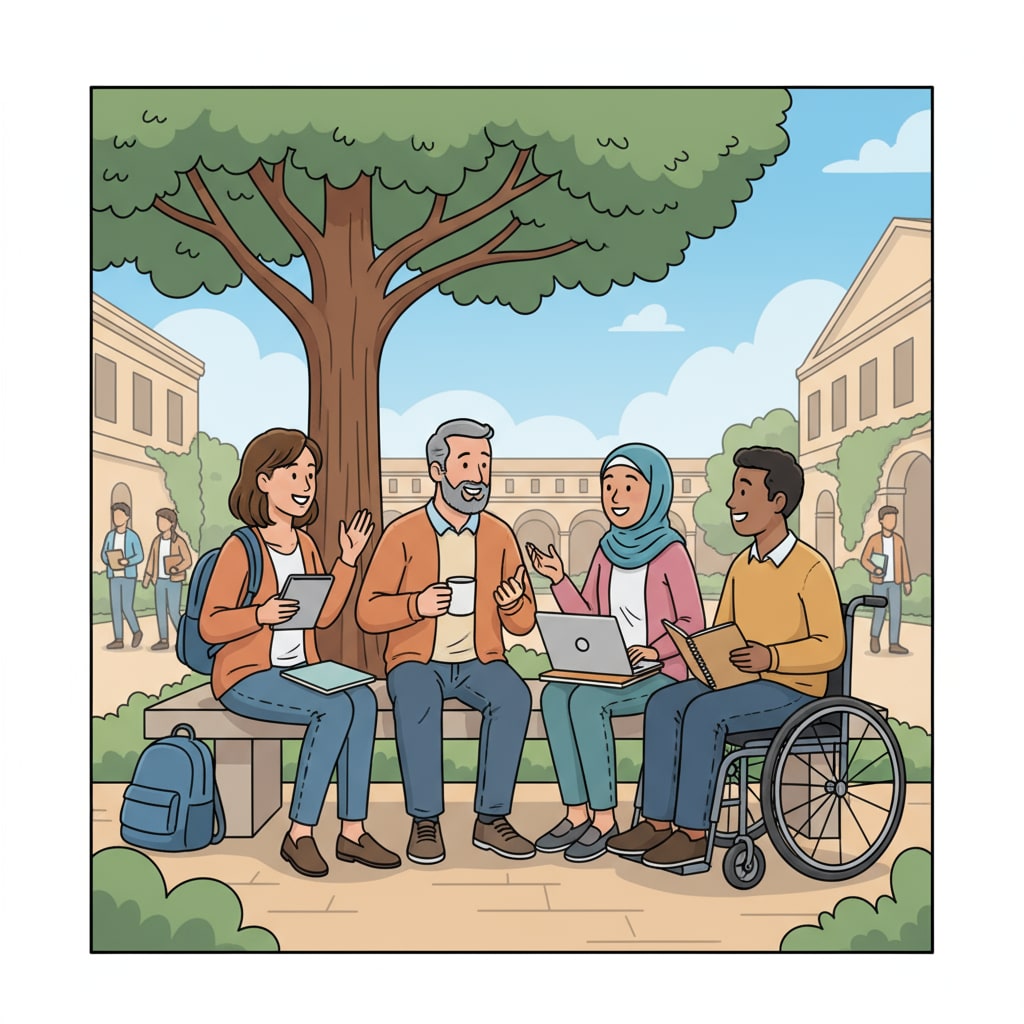Entering university at a non-traditional age often brings a unique set of challenges, especially when it comes to age anxiety and the psychological impact of late enrollment. Many students who start their university journey later in life may find themselves grappling with a range of emotions and concerns. This article aims to shed light on these issues and provide practical strategies for psychological adjustment.

The Root Causes of Age Anxiety
One of the main reasons for age anxiety among non-traditional students is the perception of being ‘behind’ their peers. While most students enter university straight out of high school, those who enroll later may feel that they have lost valuable time. According to the American Psychological Association, this sense of falling behind can lead to feelings of inadequacy and self-doubt. For example, they may worry about graduating later than their friends or having less time to start their careers.
Debunking the Myths of the Educational Timeline
There is a common myth that there is a ‘right’ time to complete education. However, in reality, the educational journey is highly individualized. As Wikipedia’s page on Lifelong Learning states, people can pursue education at any stage of their lives. Non-traditional students should realize that their path is just as valid as that of their younger counterparts. Starting university later does not mean they are less capable or have fewer opportunities.

Another aspect to consider is that the skills and experiences non-traditional students bring to the university are often invaluable. They may have had work experience, traveled, or gained other life skills that can enhance their learning. These experiences can give them a different perspective in the classroom and help them connect with course material in unique ways.
Readability guidance: Keep paragraphs short and use lists to summarize key points. For example, the root causes of age anxiety can be listed for better clarity. Also, use transition words like ‘however’ and ‘for example’ to make the text flow smoothly.


